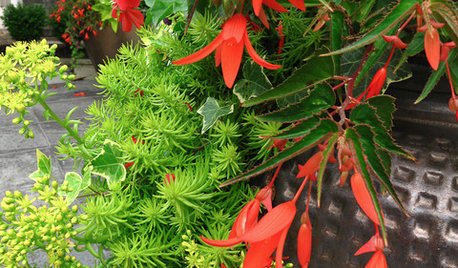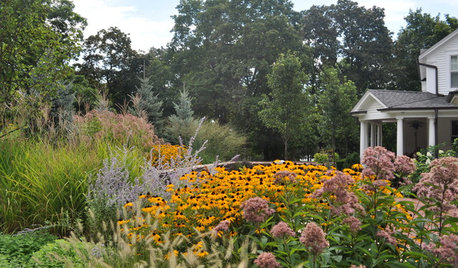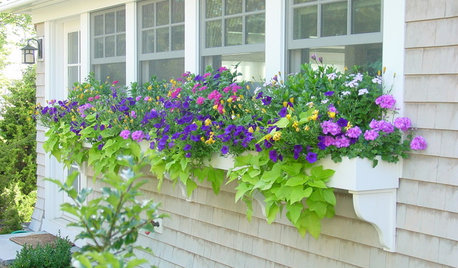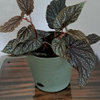Begonia boliviensis 'Bonfire'
greendreams
18 years ago
Related Stories

GARDENING GUIDESSuperstar Annuals for Containers and Baskets
High performing, low maintenance and all-around gorgeous, these container plants go the distance while you sit back and relax
Full Story
GARDENING GUIDESPacific Northwest Gardener: What to Do in September
Put in cool-weather veggies, fertilize your lawn and tidy the garden this month before chilly weather arrives
Full Story
CONTAINER GARDENSChoose Complementary Colors for Dazzling Container Gardens
Red and green, purple and yellow, and blue and orange are opposing pairs that work in perfect harmony
Full StorySponsored
Columbus Design-Build, Kitchen & Bath Remodeling, Historic Renovations
More Discussions







birdinthepalm
eye_love_begonias
Related Professionals
Danbury Landscape Architects & Landscape Designers · Maple Valley Landscape Architects & Landscape Designers · Zion Landscape Architects & Landscape Designers · Americus Landscape Contractors · Brockton Landscape Contractors · Cockeysville Landscape Contractors · Lorain Landscape Contractors · North Haven Landscape Contractors · Ridgewood Landscape Contractors · Tuscaloosa Landscape Contractors · West Chicago Landscape Contractors · Cheektowaga Siding & Exteriors · Fairfax Siding & Exteriors · Oak Creek Siding & Exteriors · San Antonio Siding & Exteriorsmotherearth_2008
bubba62
darlene87
espor
bubba62